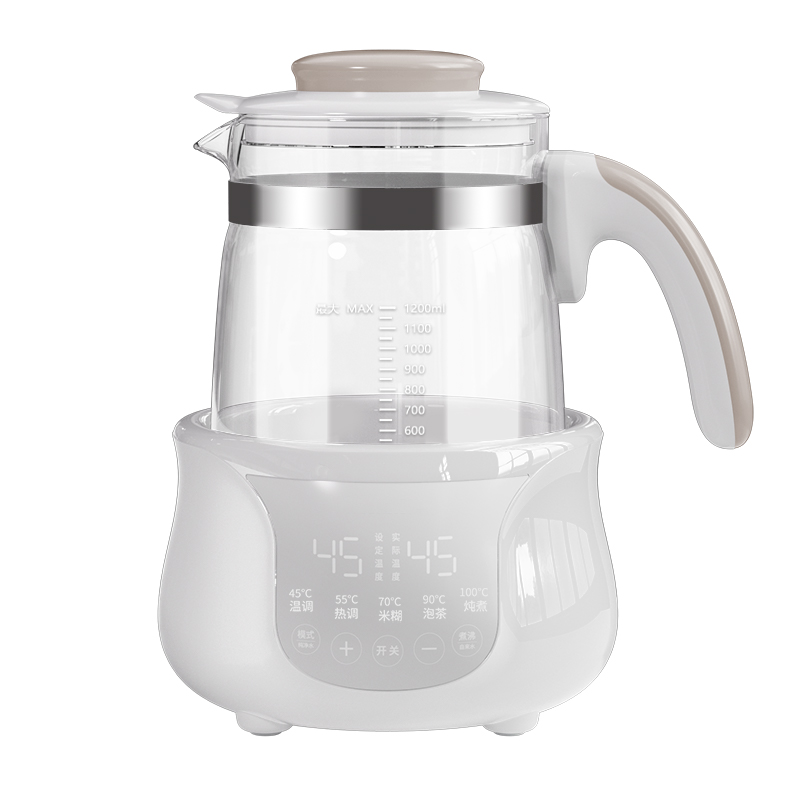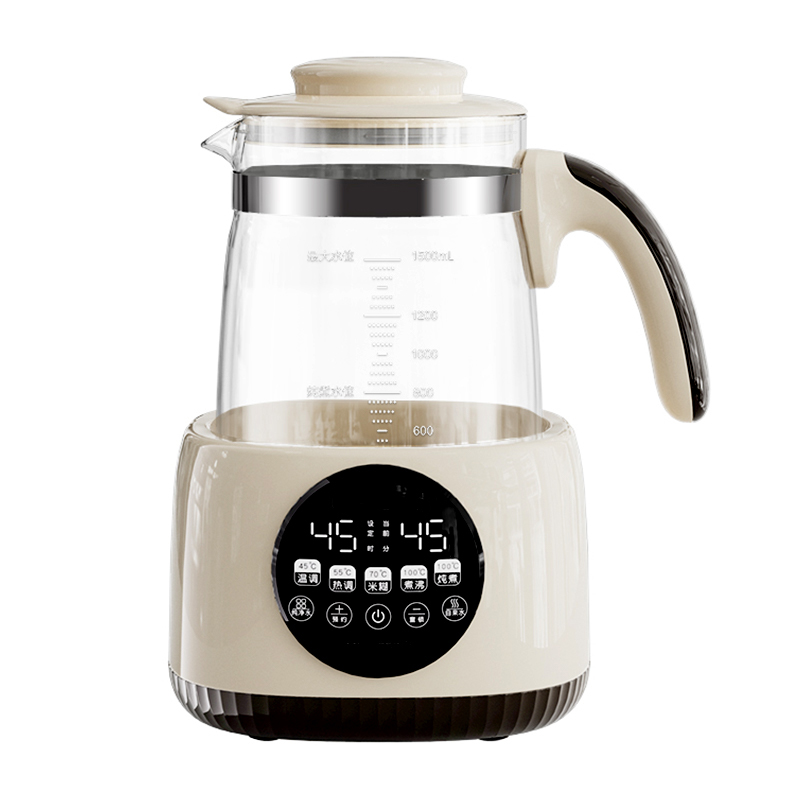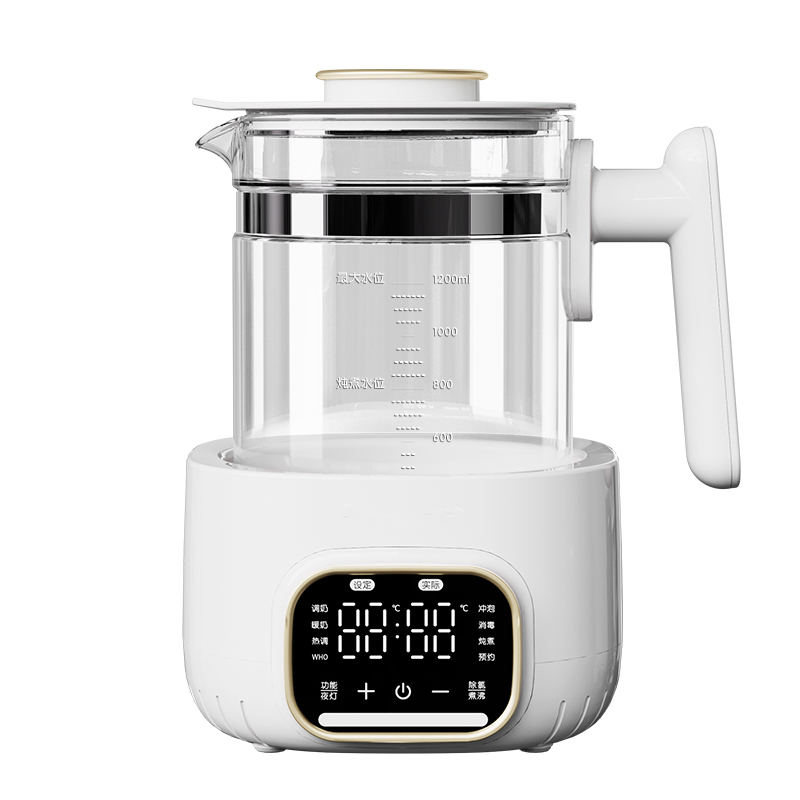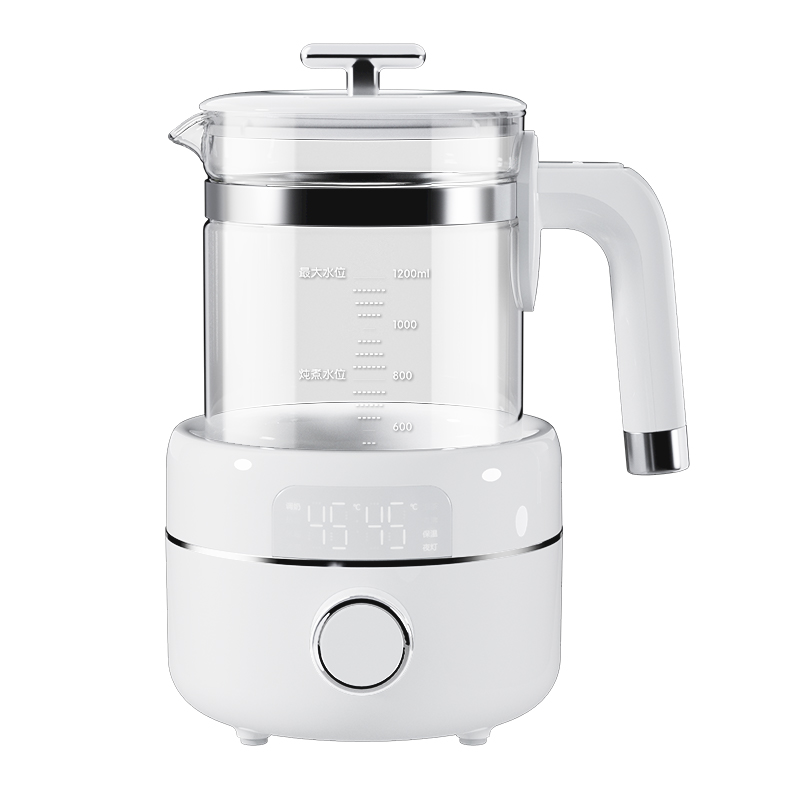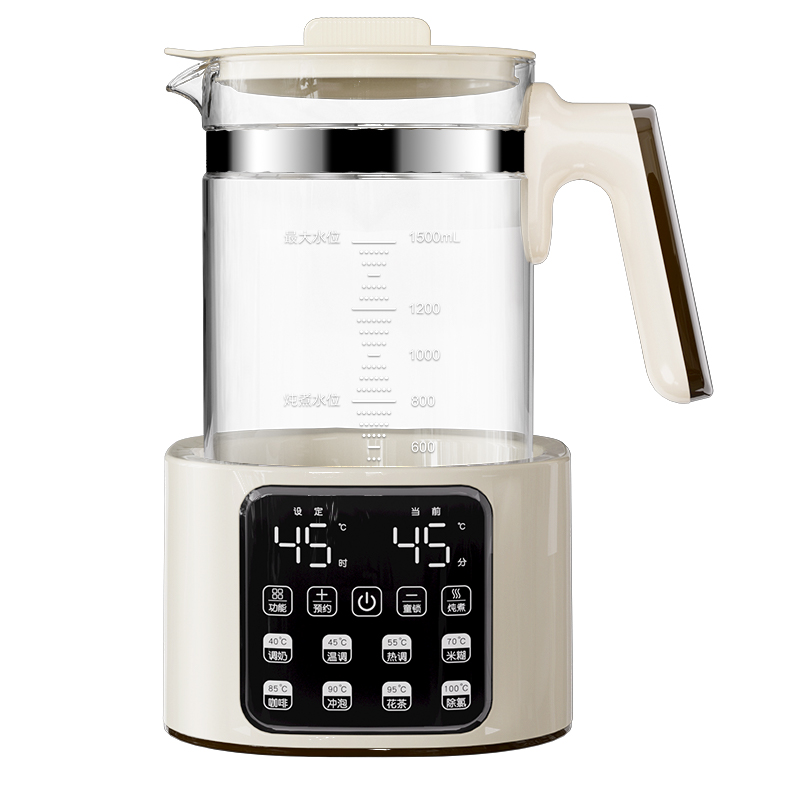Our products obtained CCC, CE, CB, IS09001, and other certificates for sale in and abroad. We are willing to strengthen economic cooperation with friends from all over the world. We accept OEM and ODM services.
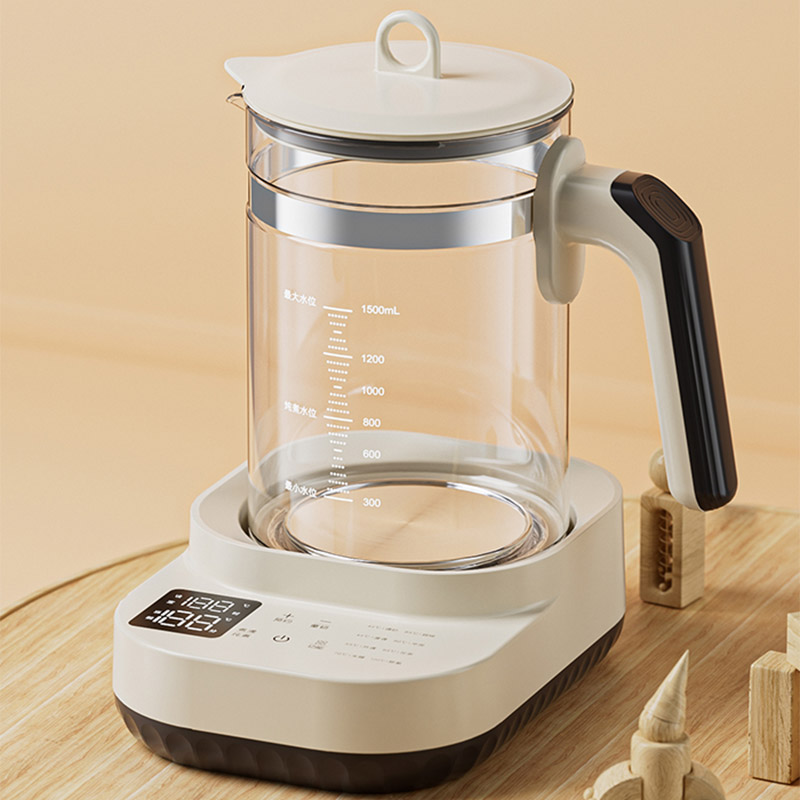
An electric kettle is a kitchen appliance that has become a ubiquitous and indispensable tool for quickly heating water. Whether it's for making tea, coffee, instant noodles, or countless other culinary purposes, the electric kettle's efficiency and convenience have made it a staple in homes around the world.
An electric kettle comprises several key components that work together to heat water efficiently:
Kettle Body: The main body of the kettle is usually made of stainless steel or plastic, with a handle for easy pouring and a lid to cover the heating chamber.
Heating Element: The heating element is a coil of resistive wire, typically made of nichrome alloy, located at the bottom of the kettle. It is responsible for generating heat.
Thermostat: The thermostat is a temperature-sensing device that monitors the water's temperature and regulates the heating element accordingly. It ensures the water doesn't overheat or boil dry.
Power Base: The power base contains the electrical components, including the cord, plug, and electrical controls. It connects the kettle to the power source.
Boiling Chamber: This is the interior space of the kettle where water is poured. It also houses the heating element.
The electric kettle's primary function is to heat water rapidly, and it achieves this through a straightforward yet highly efficient process:
Filling the Kettle: To begin, the user fills the kettle with the desired amount of water. It's essential not to exceed the maximum fill line indicated inside the kettle to avoid overflowing or potential safety hazards.
Turning on the Kettle: When the kettle is plugged into a power source and switched on, an electrical current flows through the heating element. As the current passes through the resistive wire, it encounters resistance, which generates heat due to the wire's high resistance properties.
Heating the Water: The generated heat is transferred to the water in the boiling chamber via conduction. As the water molecules absorb heat energy, they gain kinetic energy and begin to move more vigorously, causing the water temperature to rise.
Boiling Point Reached: As the water temperature continues to rise, it eventually reaches its boiling point, which is 100 degrees Celsius (212 degrees Fahrenheit) at standard atmospheric pressure. At this point, the water starts to boil, forming bubbles of water vapor that rise to the surface.
Thermostat Regulation: The thermostat continually monitors the water temperature. When it detects that the water has reached a rolling boil, it triggers a mechanism that switches off the heating element. This prevents the water from overheating or evaporating to the point where the kettle boils dry.
Safety Features: Electric kettles often incorporate additional safety features, such as automatic shut-off mechanisms, to ensure that the heating element turns off if the kettle is empty or if it's accidentally switched on without water.
Electric kettles are not only proficient at rapidly boiling water but also at maintaining hot water temperatures for a certain duration. This is achieved through the kettle's insulation and design, which help conserve the heat generated during the boiling process. Some advanced kettles even have keep-warm functions that allow users to maintain hot water at a specific temperature for an extended period.
The electric kettle's working principles are simple yet highly effective. It utilizes a heating element, a thermostat, and a boiling chamber to rapidly heat water to its boiling point while ensuring safety and energy efficiency. The convenience, speed, and reliability of electric kettles have made them a staple in households and workplaces worldwide, transforming the way we prepare hot beverages and cook various dishes.

 English
English Español
Español عربى
عربى